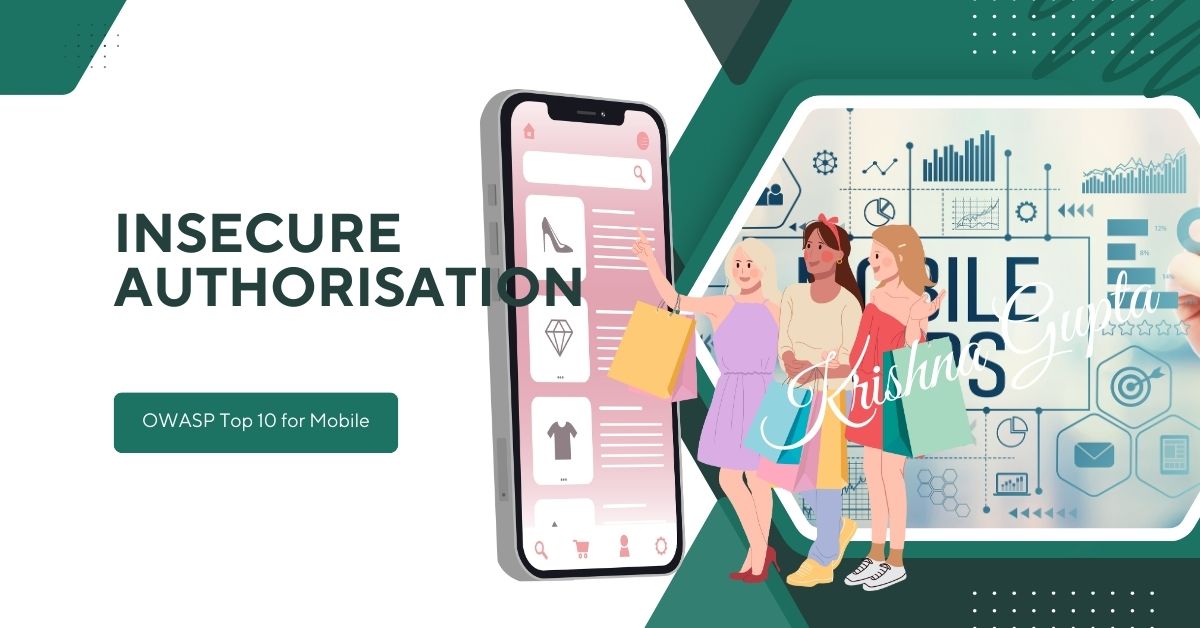OWASP Top 10 for Mobile Apps: M10 – Extraneous Functionality
Extraneous functionality can be defined as any feature or functionality that is present in a mobile application but is either unintentional or no longer needed. It may be left over from earlier stages of the development process, such as during testing or debugging, or added for convenience but overlooked as the application moves closer to production. Regardless of the reason for its existence, extraneous functionality represents a security risk.




